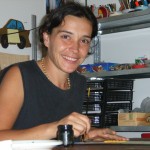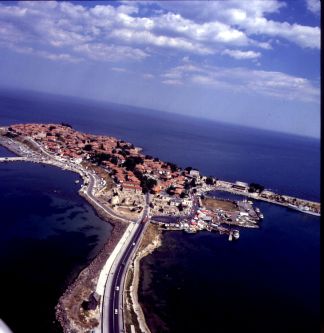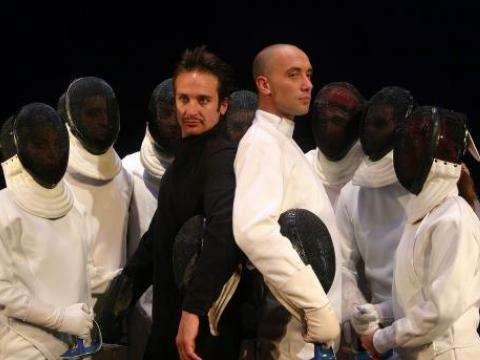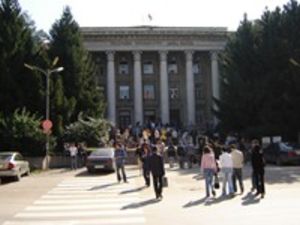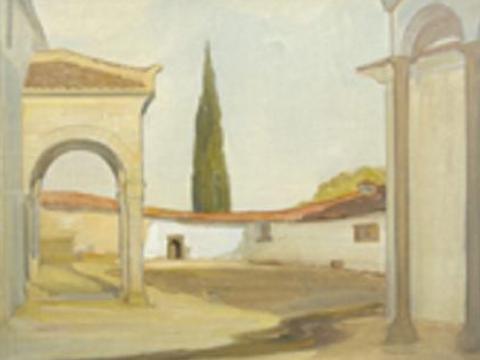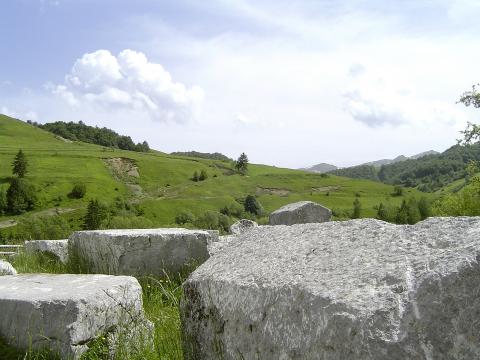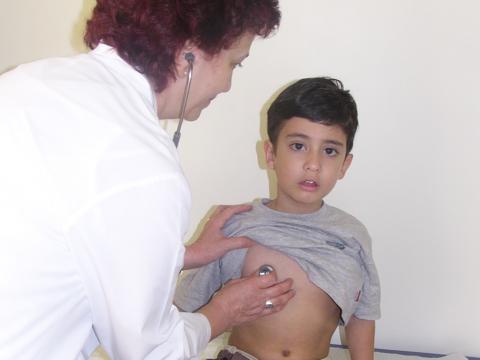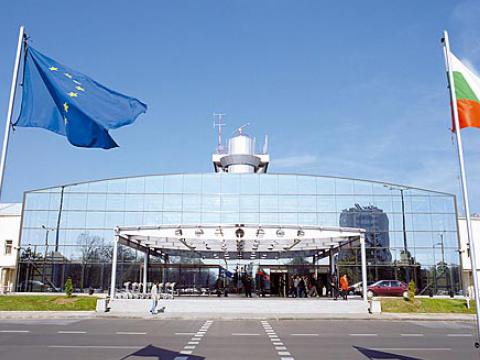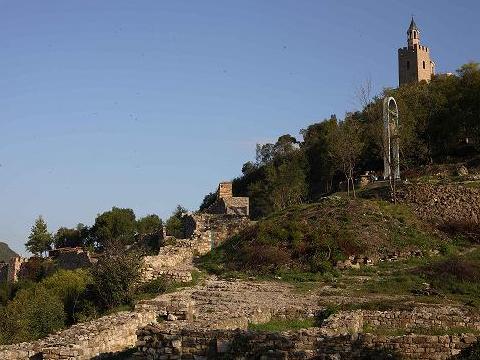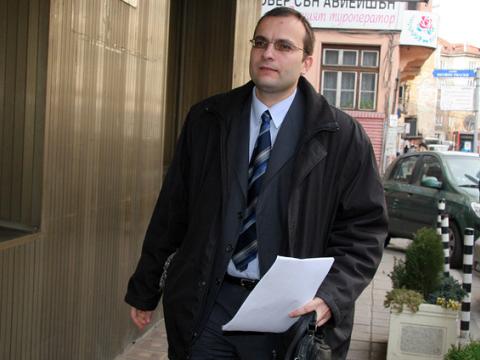The Bulgarian resorts Nesebar and Bansko are the richest Bulgarian municipalities
The resort towns of Nesebar, Bansko, and Primorsko top the list of the richest Bulgarian municipalities.
This becomes clear from a research of the Economics Institute of the Bulgarian Academy of Sciences which measures the amount of revenue per capita the Bulgarian municipalities generate.
The municipal revenue is generated through local taxes and fees, management of municipal property – i.e. sales and rent, collecting fees for municipally run institutions such as kindergartens, trading fees, and fines.
The 2008 list is topped by a number of Black Sea and mountain resorts mostly as a result of the booming construction and real estate trade in these locations that was not affected by the global financial crisis until the last quarter of 2008.
Thus, in 2008, the richest Bulgarian municipality, Nesebar, which also includes the country’s largest Black Sea resort Sunny Beach, generated BGN 1 845 per capita.
In contrast, the local authorities in the two poorest of Bulgaria’s 264 municipalities – Ruen located on the border with Macedonia, and Varbitsa in the Northeast – managed to generate only BGN 37 per capita in 2008.
The mountain resort Bansko is ranked second, followed by another Black Sea municipality – Primorsko. They are followed by Byala (Black Sea), Kuklen (Plovdiv District, site of an industrial zone), Tsarevo (Black Sea), Kavarna (Black Sea), Sozopol (Black Sea), Pomorie (Black Sea), Balchik (Black Sea), Razlog (Mountain, close to Bansko).
Some of the municipalities that do not rely on construction and tourism also fare well – Bozhurishte, right outside of the capital Sofia is ranked 12th, Chelopech (the site of the largest gold deposit in Europe) is 13th; the southern city of Haskovo is 17th. The Bulgarian capital Sofia is ranked 20th.
A number of the smaller Bulgarian municipalities do well in terms of generating revenue per capita because they are located very close to a larger city and/or have large-scale industry. Those include Devnya and Beloslav near the city of Varna, Maritsa and Kuklen near Plovdiv, and Elin Pelin, Kostinbrod and Ihtiman near Sofia. Their local authorities raised over BGN 200 per capita in 2008.
Municipalities in the far South of Bulgaria, the Northwest and the Northeast do worst. Most of them generated only between BGN 44 and 57 per capita in 2008.
The Bulgarian Academy of Sciences has been following the development of the 264 Bulgarian municipalities since 1995. Its latest data shows that the living conditions in 42%, or 110 municipalities were worse in 2008 than they were in 2007.
In comparison, in 2007 only 96 municipalities did worse compared to the 2006 levels, which underscores the negative development trend worsened in 2008.
The municipalities of Burgas, Pazardzhik, Pernik, and Sliven have seen improvement in the recent years. In contrast, Pleven, Kyustendil, Veliko Tarnovo, Silistra, Razgrad, and especially Targovishte and Montana have seen their development go down.
The BAS research shows that the number of Bulgarian municipalities that are defined as socio-economically developed has gone down from 34 to 29, whereas the number of those lagging behind in the lowest category has increased from 79 to 81.

